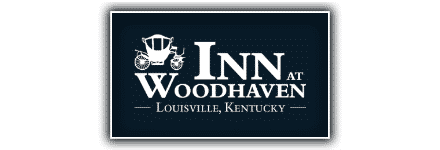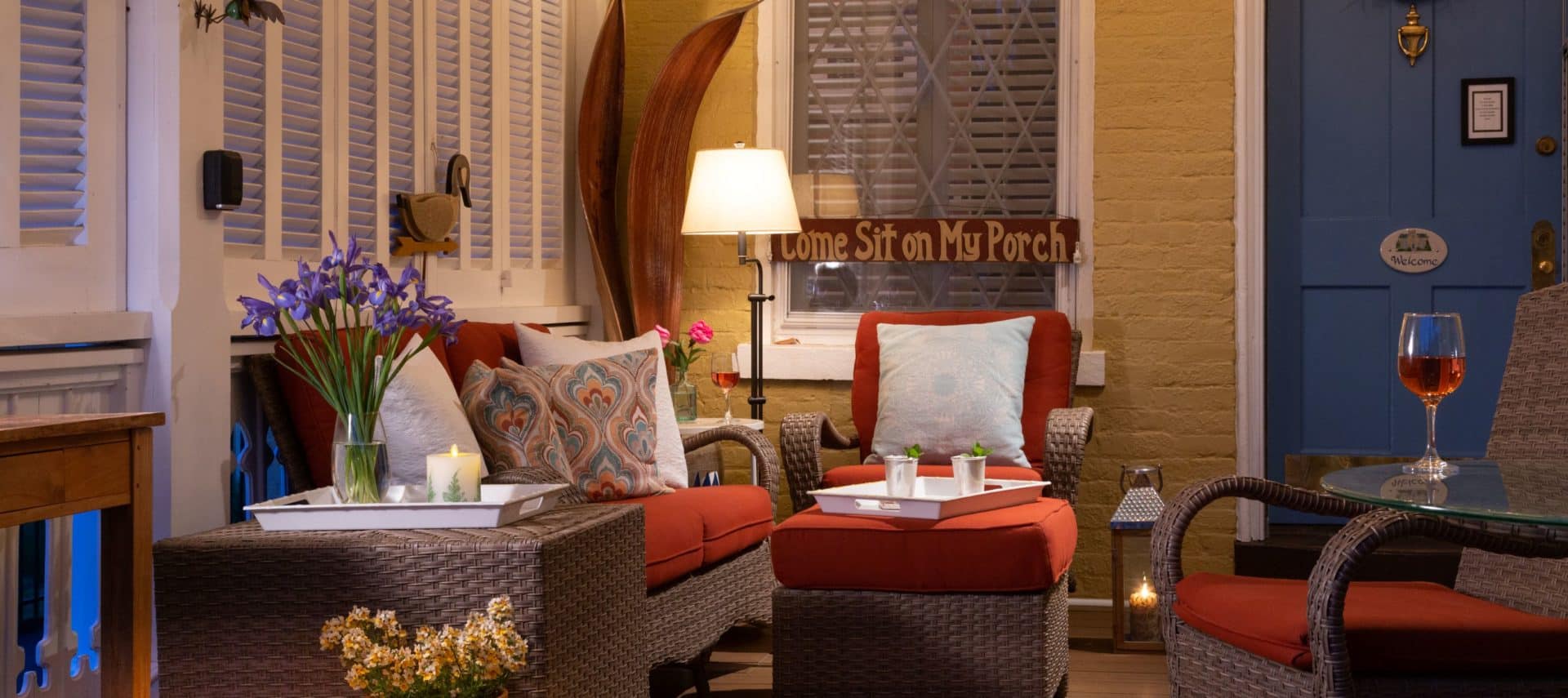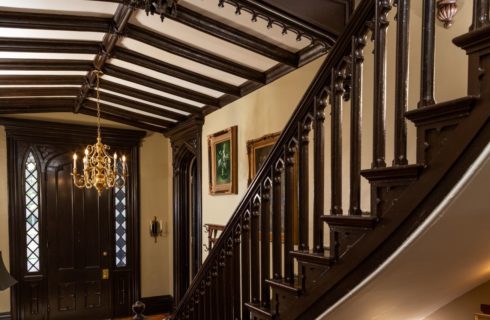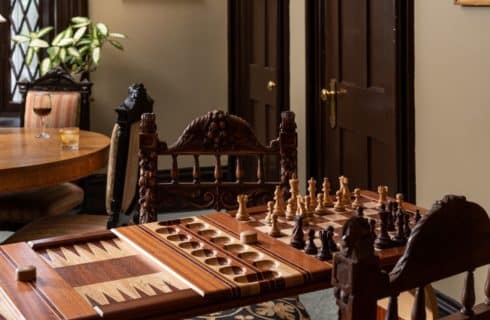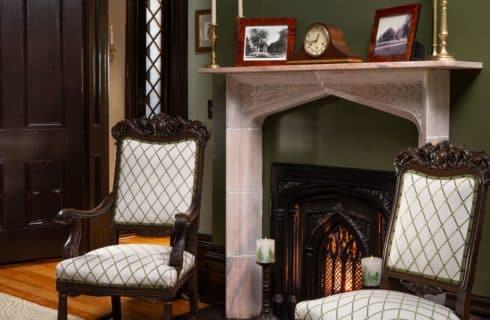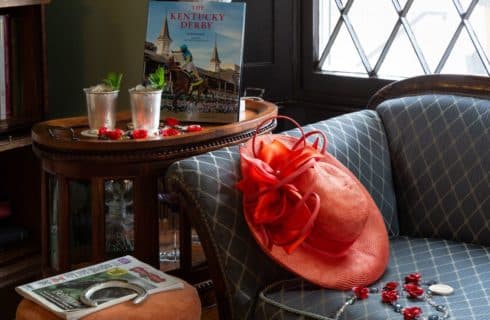Rest, relax, read…enjoy our many porches and gardens. Soak your cares away in our whirlpool tubs.
Take a stroll around the inn’s grounds or at nearby Brown Park and Beargrass Nature Preserve – both only a block away.
Make yourself at home in our common areas where you will find books, magazines and after dinner liquors.
If we can help you, please let us know! You can usually find us on the first floor or just ring the little bell at the check-in table.
Business Travelers
The Inn at Woodhaven is conveniently located for corporate travel to the Louisville, Kentucky metropolitan area.
The business traveler appreciates that all of our buildings are wireless.
Recognizing the unique needs of our corporate clientele, we developed a group of special amenities and services, not typically found in run-of-the-mill cookie cutter hotels and meeting facilities, and specifically designed to make your stay a relaxing, enjoyable experience. All of our buildings are wireless with no fees.
- Spacious rooms and suites with comfortable seating and desks with bright lighting
- In-room TV/DVD, coffee and tea station, iron and ironing board, hairdryer and refrigerator
- Streamlined check-in and check-out
- Flexible breakfast hours
- Meeting area
- Wireless printer
Click Read More to learn more about the house’s history.
A Little History About The Property
The Inn at Woodhaven began life as a house named Woodview. It was built by Theodore Brown (1821 – 1899) on a 250-acre tract that he inherited from his father James Brown (1780 – 1853). The area was known as Low Dutch Station from an earlier fort on the property around Beargrass Creek. The Gothic Revival Mansion incorporates distinctive features from a design by A.J. Downing, as shown in the 1850 publication, “The Architecture of Country Houses”. It may also have been designed by Architect Jacob Beaverson who is credited with designing Lyndon Hall, a nearby house that is now the clubhouse for Hurstbourne Country Club. The Main House and the Carriage House were built in 1853. All the bricks were made on the property. The house is listed on the National Register because of its architectural significance. It is an excellent example especially because all the original features are still intact, including the ceiling plaster work, diamond windowpanes with trefoil decorations and interior shutters, and 14-foot arched gothic doors. Theodore planted many indigenous trees on the 18 acres in front of the house. He was a prominent early farmer interested in landscape architecture and has several letters on the subject in the Smithsonian. He was well known as a progressive farmer and was active in agriculture and stock meetings in the areas. He married twice and raised 20 children on the property.
According to letters from the time, it seems all of the Brown children were happy and healthy…no small accomplishment for that period. In 1920 the house was sold to the Monohan family, who renamed it Woodhaven. They had earlier bought the property called Wildwood, which was owned by Theodore’s brother, James. That house, which was built in 1820 by Theodore’s father, James Brown, is still standing and is now the clubhouse for Mallard Crossing. The Monohan family owned both properties until the 1970s when they were sold for all the developments around here. Woodhaven narrowly missed being razed in 1985, when the developers decided to tear it down but were stopped by St. Matthews. It was rescued again in 1986 by Bob Drane, who bought the property and spent 3 years bringing the Main House back from near ruin. Marsha Burton bought the house in 1993 and continued to renovate the Main House and the Carriage House and then built the Rose Cottage in 1998. It was opened to the public as a bed and breakfast by Marsha in fall of 1993. This beautiful property was recently purchased by Mark Lansing and Jeremy Couture, the current Owners/Innkeepers and will continue being run as a Bed & Breakfast for all to visit and enjoy.
